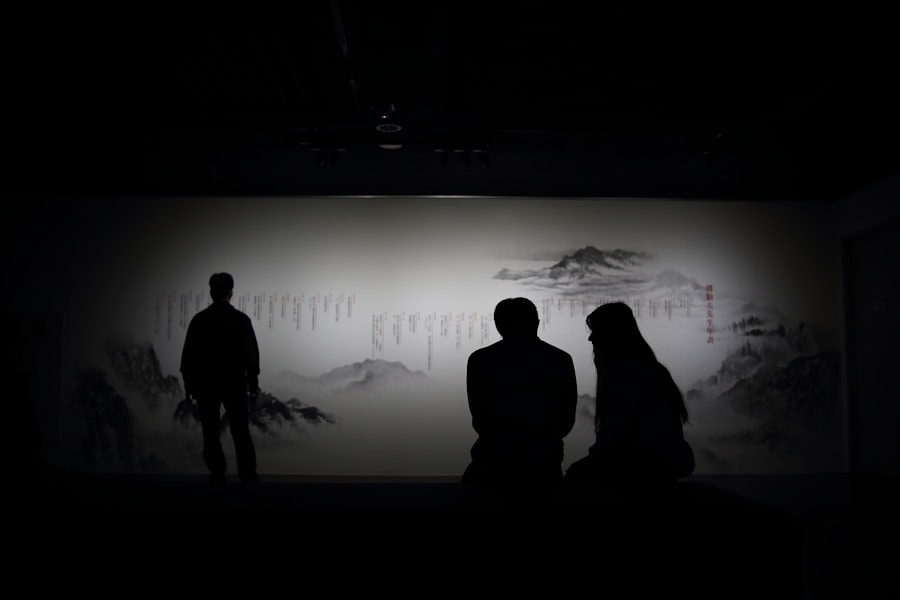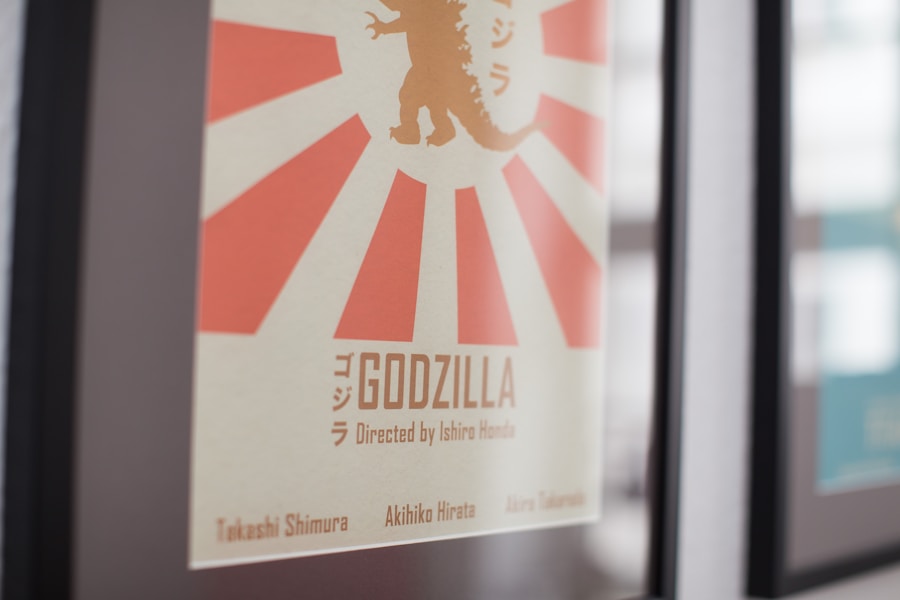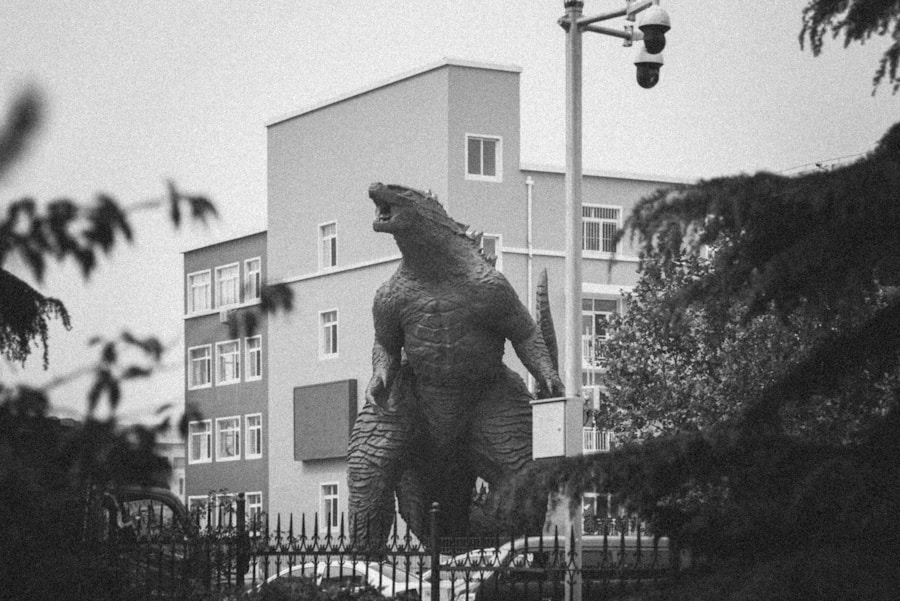Godzilla, the towering behemoth that first stomped onto the silver screen in 1954, has become an indelible part of global pop culture. You may wonder what makes this creature so captivating, transcending generations and geographical boundaries. The answer lies in its multifaceted nature, embodying both fear and fascination.
Godzilla is not merely a monster; it represents the anxieties and aspirations of society, particularly in Japan. As you delve into the world of Godzilla, you will discover how this iconic figure has evolved over the decades, reflecting the changing tides of Japanese culture and economy. The enduring popularity of Godzilla can be attributed to its ability to resonate with audiences on multiple levels.
You might find it intriguing that Godzilla serves as a metaphor for various societal issues, from nuclear anxiety to environmental concerns. Each film and appearance has offered a new lens through which to view contemporary challenges, making Godzilla a timeless figure that continues to engage and provoke thought. As you explore the origins and cultural impact of this legendary monster, you will uncover the layers of meaning that have contributed to its lasting appeal.
Key Takeaways
- Godzilla’s enduring popularity can be attributed to its cultural impact and presence in Japanese media and entertainment.
- Godzilla’s origins and cultural impact in Japan have solidified its status as an iconic symbol in Japanese pop culture.
- Godzilla has played a significant role in Japanese recessions and recoveries, reflecting the nation’s economic struggles and resilience.
- During economic downturns, Godzilla’s influence on Japanese pop culture becomes more pronounced, serving as a reflection of societal anxieties and fears.
- Godzilla’s evolution and adaptation in response to economic changes demonstrate its ability to remain relevant and resonate with Japanese society.
Godzilla’s Origins and Cultural Impact in Japan
Godzilla was born out of the ashes of World War II, a product of a nation grappling with the trauma of nuclear devastation. The original film, “Gojira,” was released in 1954, just nine years after the atomic bombings of Hiroshima and Nagasaki. You can see how this context shaped Godzilla’s character as a monstrous embodiment of nuclear fear.
The creature’s rampage through Tokyo serves as a stark reminder of the destructive power humanity can unleash upon itself. This connection to real historical events has given Godzilla a profound cultural significance that resonates deeply with Japanese audiences. As you examine Godzilla’s impact on Japanese culture, you’ll notice that it extends beyond mere entertainment.
The character has become a symbol of resilience and survival, representing Japan’s ability to rise from the ashes of destruction. In many ways, Godzilla reflects the collective psyche of a nation that has faced adversity and emerged stronger. You may find it fascinating that Godzilla has also inspired discussions about environmentalism and the consequences of technological advancement, making it a versatile figure that continues to evolve alongside societal concerns.
Godzilla’s Presence in Japanese Media and Entertainment

Godzilla’s presence in Japanese media is nothing short of monumental. Over the decades, you have seen this iconic monster appear in numerous films, television shows, comic books, and video games. Each iteration brings something new to the table while retaining the core essence of what makes Godzilla so compelling.
The franchise has expanded to include a diverse array of characters and storylines, allowing you to explore different facets of this legendary creature’s world. In addition to films, Godzilla has made significant inroads into television and other forms of entertainment. You might recall popular series that have featured Godzilla battling other kaiju or even teaming up with human characters to save the day.
This versatility has allowed Godzilla to remain relevant in an ever-changing media landscape. As you engage with these various forms of entertainment, you will find that Godzilla’s character continues to adapt, reflecting contemporary issues while maintaining its status as a beloved icon.
Godzilla’s Role in Japanese Recessions and Recoveries
| Year | Movie Title | Box Office Revenue (in million USD) | Impact on Economy |
|---|---|---|---|
| 1954 | Godzilla | 2.25 | Boosted post-war morale and provided a distraction from economic hardships |
| 1984 | The Return of Godzilla | 30.5 | Contributed to the recovery of the Japanese film industry after a recession |
| 2016 | Shin Godzilla | 77.9 | Generated revenue and tourism during a period of economic stagnation |
Throughout Japan’s economic history, Godzilla has played a unique role during periods of recession and recovery. You may find it interesting that the character often emerges as a symbol of both despair and hope during challenging times. For instance, during the economic stagnation of the 1990s, Godzilla films reflected societal anxieties about job security and financial instability.
The monster’s destructive rampages mirrored the chaos many felt as they navigated an uncertain future. Conversely, during periods of economic recovery, Godzilla often takes on a more heroic role. You might notice that films released during these times tend to emphasize themes of unity and resilience.
As Japan rebuilds and redefines itself, Godzilla becomes a symbol of national pride and strength. This duality in Godzilla’s portrayal allows you to see how the character serves as a mirror for societal sentiments, adapting to reflect the hopes and fears of the populace.
Godzilla’s Influence on Japanese Pop Culture During Economic Downturns
During economic downturns, Godzilla’s influence on Japanese pop culture becomes particularly pronounced. You may observe that the character often embodies the frustrations and fears experienced by everyday people facing financial hardships. In times when job security is low and uncertainty looms large, Godzilla serves as an outlet for collective anxiety.
The monster’s destructive nature resonates with those who feel powerless in the face of economic challenges. Moreover, Godzilla films released during these downturns often incorporate themes of resistance and resilience. You might find it compelling that audiences are drawn to narratives where characters confront overwhelming odds, much like they do in their own lives.
This connection fosters a sense of solidarity among viewers, allowing them to find comfort in shared experiences. As you explore these themes within Godzilla’s narrative arc, you’ll see how the character becomes a source of inspiration for those navigating difficult times.
Godzilla’s Evolution and Adaptation in Response to Economic Changes

As Japan’s economy has evolved over the years, so too has Godzilla. You may notice that each new film or appearance reflects not only changes in societal attitudes but also shifts in economic conditions. For instance, during times of prosperity, Godzilla often takes on a more heroic persona, fighting against other monsters or external threats to humanity.
This evolution mirrors Japan’s own journey toward recovery and growth. Conversely, during economic downturns, Godzilla’s character may revert to its more destructive roots, symbolizing societal fears and anxieties about the future. You might find it fascinating how filmmakers have skillfully adapted Godzilla’s narrative to reflect contemporary issues such as environmental degradation or technological advancement.
This adaptability ensures that Godzilla remains relevant and relatable to audiences across generations, allowing you to engage with the character on multiple levels.
Godzilla’s Resurgence in Popularity During Japanese Economic Recoveries
As Japan experiences economic recoveries, Godzilla often enjoys a resurgence in popularity. You may find it interesting that this revival is not merely coincidental; it reflects a collective desire for hope and inspiration during times of renewal. Films released during these periods tend to emphasize themes of unity and resilience, showcasing characters who come together to confront challenges head-on.
In this context, Godzilla becomes a symbol of national pride and strength, embodying the spirit of a nation that has overcome adversity. You might notice that audiences are drawn to stories where characters triumph against overwhelming odds, mirroring their own aspirations for success and stability. As you engage with these narratives, you’ll see how Godzilla serves as both a reflection of societal sentiments and a catalyst for renewed hope.
Godzilla’s Enduring Relevance in Japanese Society
In conclusion, Godzilla’s enduring relevance in Japanese society is a testament to its ability to adapt and resonate with audiences across generations. You have seen how this iconic figure embodies both fear and hope, reflecting societal anxieties while also inspiring resilience. From its origins as a metaphor for nuclear devastation to its role as a symbol of national pride during economic recoveries, Godzilla continues to evolve alongside Japan itself.
As you reflect on Godzilla’s journey through history, you may appreciate how this creature transcends mere entertainment; it serves as a mirror for societal challenges and aspirations. Whether facing economic downturns or celebrating periods of growth, Godzilla remains an integral part of Japan’s cultural landscape. Its ability to adapt while retaining its core essence ensures that it will continue to captivate audiences for years to come, reminding us all of our shared struggles and triumphs along the way.
